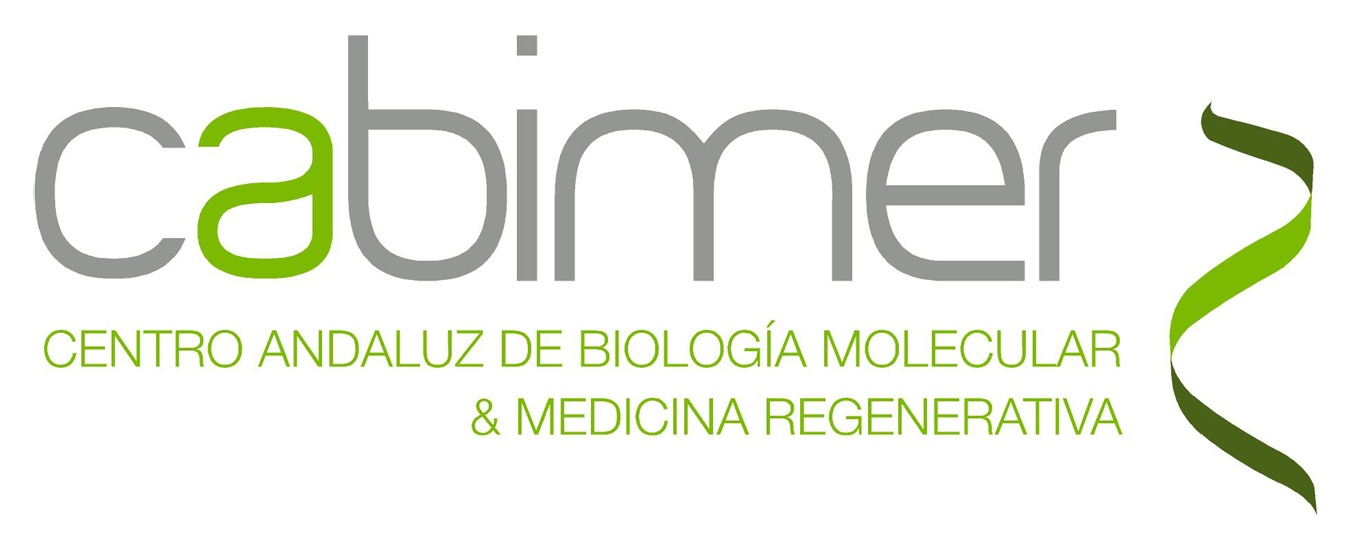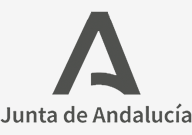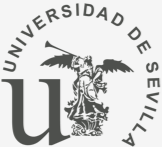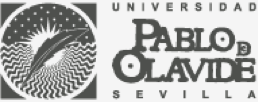
Samples are prepared by users based on the use of various fluorescent markers “in vivo” in the sample (in the case of real-time image acquisition) or through the use of immunofluorescence techniques.
The unit offers various confocal microscopy services to users, and the applicable rates depend on the activity to be performed.
Additionally, the unit provides technical advice for the quantification, processing, and analysis of images using specific image analysis and statistical software, which are essential for interpreting the results.
One of the most common applications in our Unit is the acquisition of images from fixed and stained samples using immunofluorescence techniques, with one or multiple fluorochromes.
On the other hand, there are certain biological processes that, due to their characteristics, require direct visualization, so the sample must be alive (whether a cell culture or an organism).
In these cases, our Unit offers applications such as the following:
• Time lapse fluorescence imaging
• FRAP: Fluorescence Recovery After Photobleaching
• FLIP: Fluorescence Loss in Photobleaching
• FRET: Fluorescence Resonance Energy Transfer
• Photoactivation y Photoswitching
• Fluorescencia combinada: adquisición de imágenes con fluorescencia y luz transmitida simultáneamente.
Most of the applications offered by our Unit require specific image analysis platforms after image acquisition. Therefore, we also offer advice for image quantification and processing with programs like Imaris, Metamorph, ImageJ, and Fiji.
To request any of our services, a reservation must be made at least one week in advance.
In all cases, the technical manager of the unit will control and operate the microscope and software.
For the development of its services, the CABIMER Microscopy Unit has the following equipment:
• Leica TCS SP5 Confocal Microscope (AOBS). It has the following excitation lines: 405, 458, 476, 488, 496, 514, 561, 594, and 633nm. This system is equipped with a thermoregulated cabin that allows “in vivo” experiments.
• Leica TCS SP5 Confocal Microscope (Dic. Conv.). It has the following excitation lines: 458, 476, 488, 496, 514, 543, and 633nm.
• Spinning Disk Confocal Microscope. It has laser lines at 405nm, 488nm, 561nm, and 642nm for live microscopy applications, FRAP, and TIRF.
• Thunder Imager Microscope. For fixed samples and live cell experiments. Inverted DMi8 microscope with 8 LEDs for excitation (390, 440, 475, 510, 555, 575, 635, and 747), high-resolution K5 camera, high-speed stage, Thunder deconvolution algorithms, and 3D reconstruction. Additionally, it has an incubation system for the stage and CO2 (Okolab-UNO) for live cell experiments.
• Inverted DMi6 Microscope. For fixed samples and live cell experiments. Inverted microscope with EL6000 lamp for fluorescence (A4, L5, and TX2 filters), high-resolution K5 camera, and Leica deconvolution. Similarly, it has an incubation system in the cabin and CO2 (PECON) for live cell experiments.
• Stereomicroscope: Equipment funded by the R&D&i infrastructure and equipment aid for public entities with reference IE19-101-USE granted by the Ministry of Economic Transformation, Industry, Knowledge, and Universities (PAIDI 2020).
• Microscope accessories. Objectives and filters: Equipment funded by the R&D&i infrastructure and equipment aid for public entities with reference IE19-101-USE granted by the Ministry of Economic Transformation, Industry, Knowledge, and Universities (PAIDI 2020).
Manuals and Regulations
You can consult the equipment user manual and regulations at this link.
When choosing the best fluorescent markers for an experiment and optimizing multiple combinations, several websites allow us to check the excitation and emission spectra of each marker and decide the most optimal combination for the current experiment, considering the equipment available at the center. One of these useful sites is:
Below are some publications whose images were acquired using the equipment at the CABIMER Microscopy Unit:
- C C Lachaud , N Cobo-Vuilleumier , E Fuente-Martin , I Diaz , E Andreu , G M Cahuana , J R Tejedo , A Hmadcha , B R Gauthier , B Soria. 2023. Umbilical cord mesenchymal stromal cells transplantation delays the onset of hyperglycemia in the RIP-B71 mouse model of experimental autoimmune diabetes through multiple immunosuppressive and anti-inflammatory responses. Front Cell Dev Biol. 11:1089817.
- González-Garrido C, Prado F. 2023. Parental histone distribution and location of the replication obstacle at nascent strands control homologous recombination. Cell Rep. 42(3):112174.
- González-Arzola K, Díaz-Quintana A, Bernardo-García N, Martínez-Fábregas J, Rivero-Rodríguez F, Casado-Combreras MÁ, Elena-Real CA, Velázquez-Cruz A, Gil-Caballero S, Velázquez-Campoy A, Szulc E, Gavilán MP, Ayala I, Arranz R, Ríos RM, Salvatella X, Valpuesta JM, Hermoso JA, De la Rosa MA, Díaz-Moreno I. 2022. Nucleus-translocated mitochondrial cytochrome c liberates nucleophosmin-sequestered ARF tumor suppressor by changing nucleolar liquid-liquid phase separation. Nat Struct Mol Biol. 29(10):1024-1036.
- González-Sánchez Z, Areal-Quecuty V, Jimenez-Guerra A, Cabanillas-Balsera D, Gil FJ, Velasco-Ortega E, Pozo D. 2022. Titanium Surface Characteristics Induce the Specific Reprogramming of Toll-like Receptor Signaling in Macrophages. Int J Mol Sci. 23(8):4285.
You can consult the rates at this link or contact us by phone at 95 446 8223 or via email at microscopia@cabimer.es.






